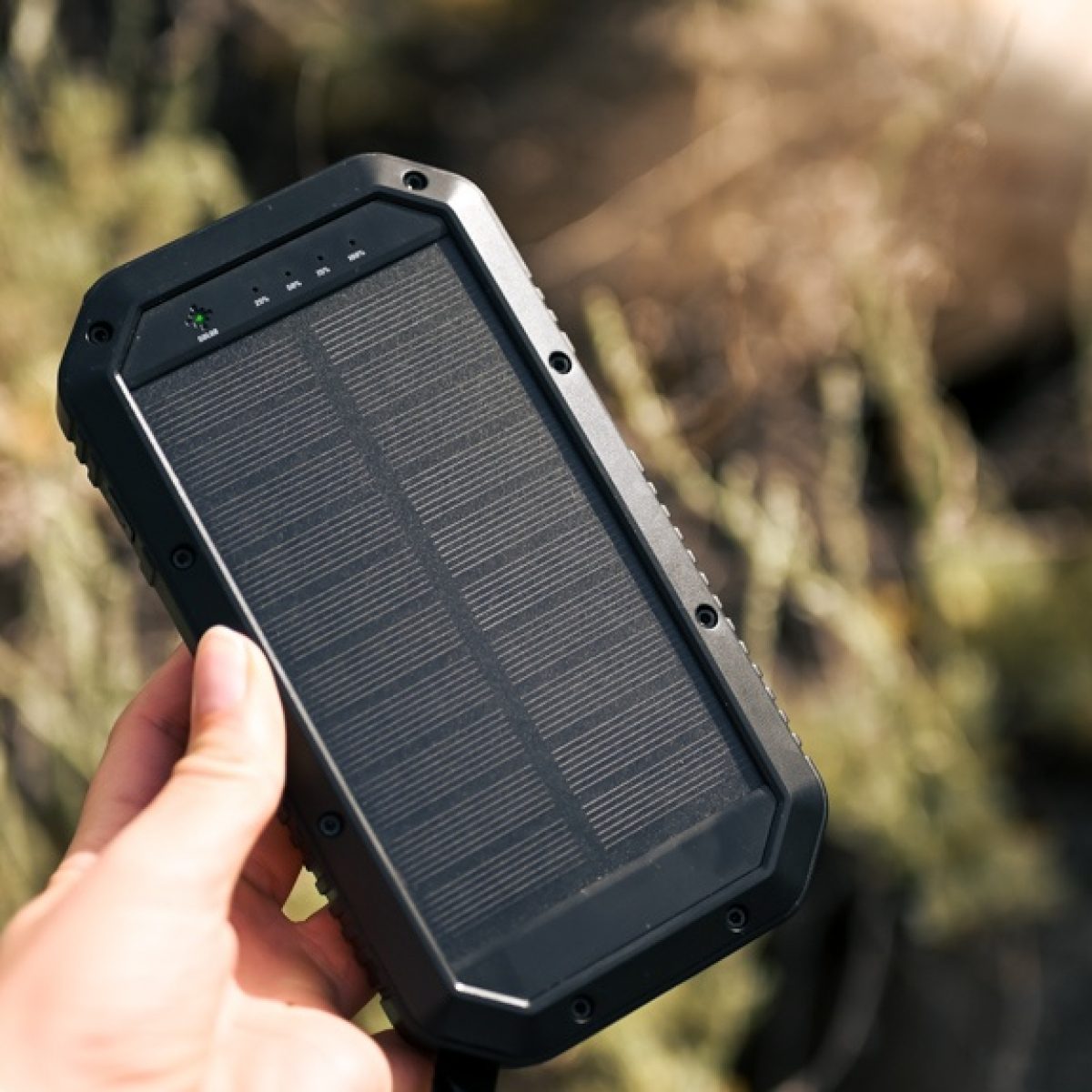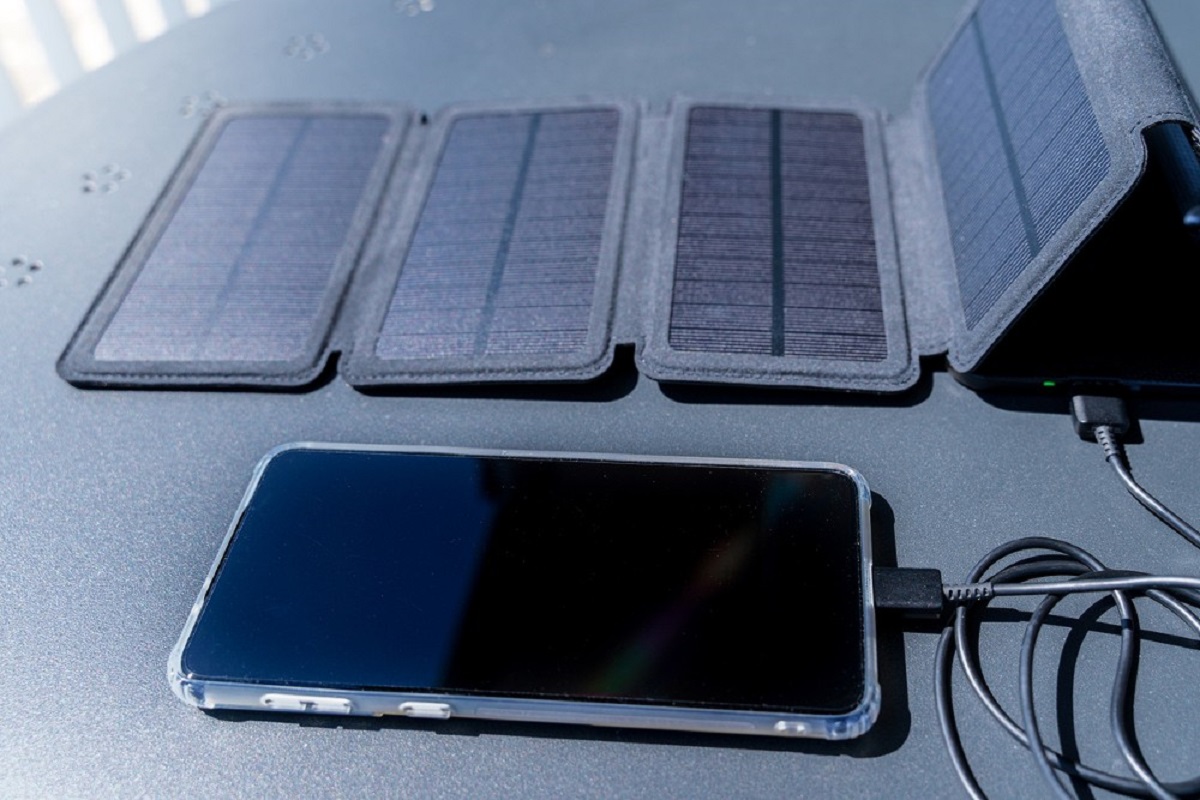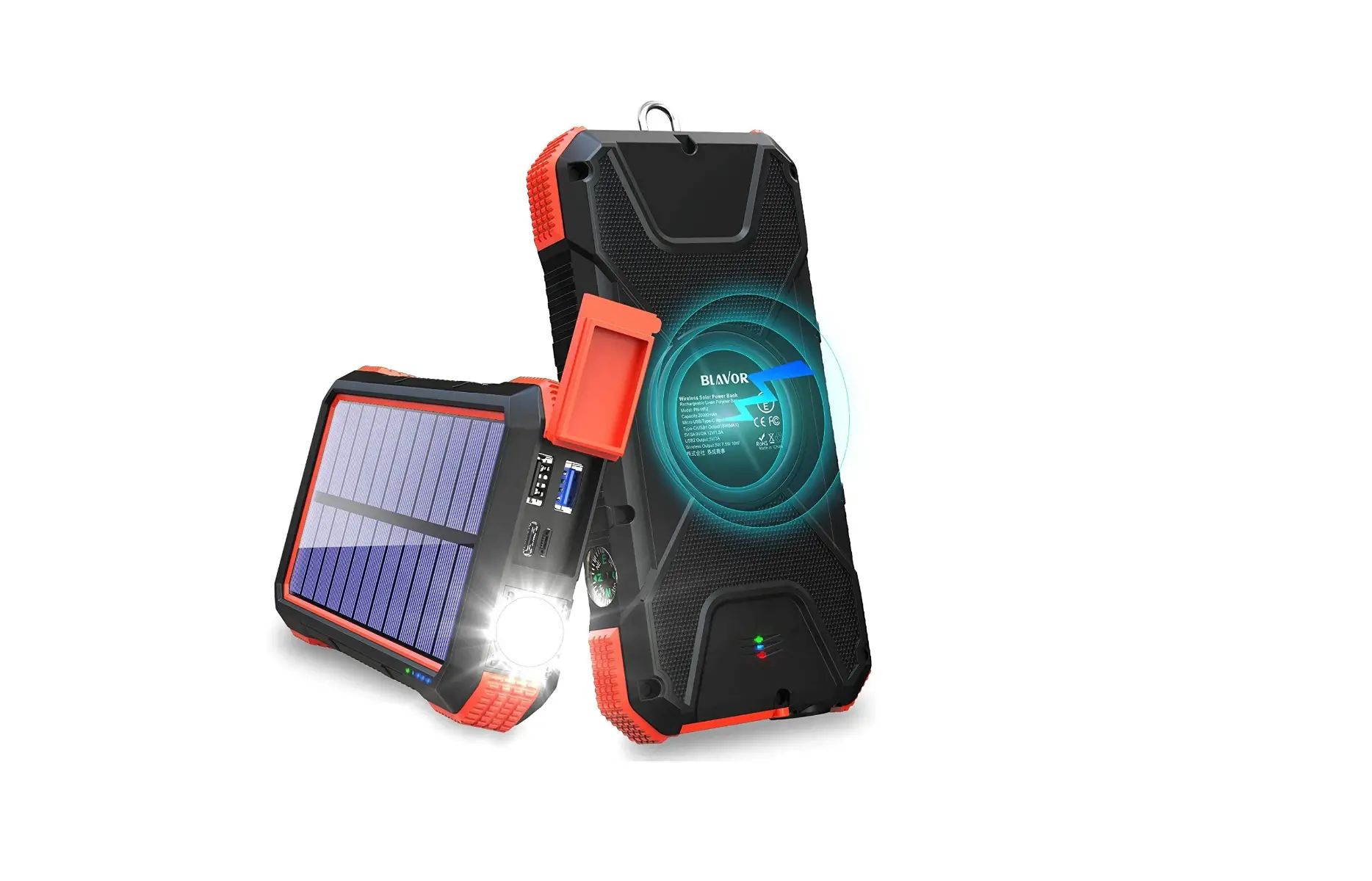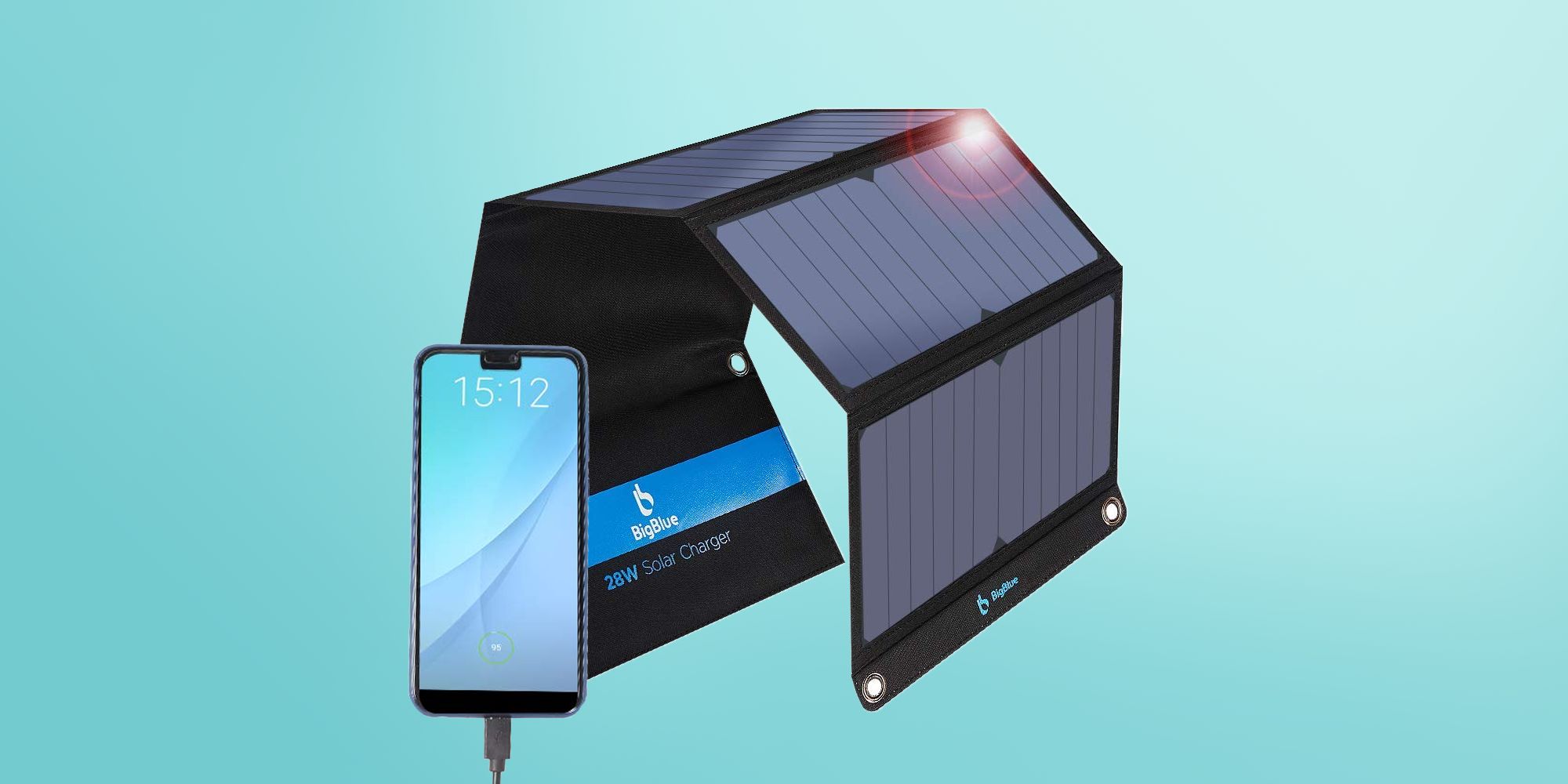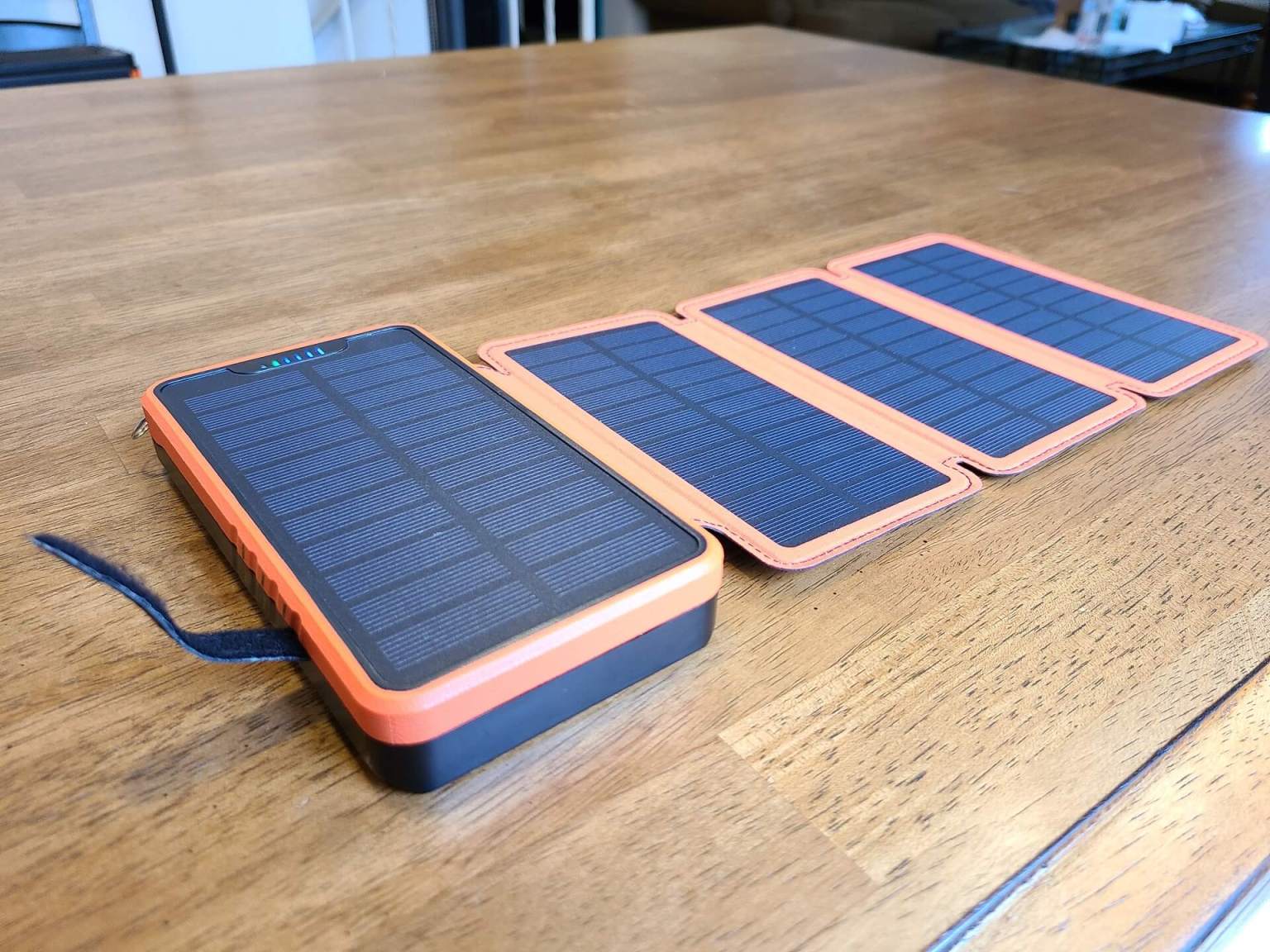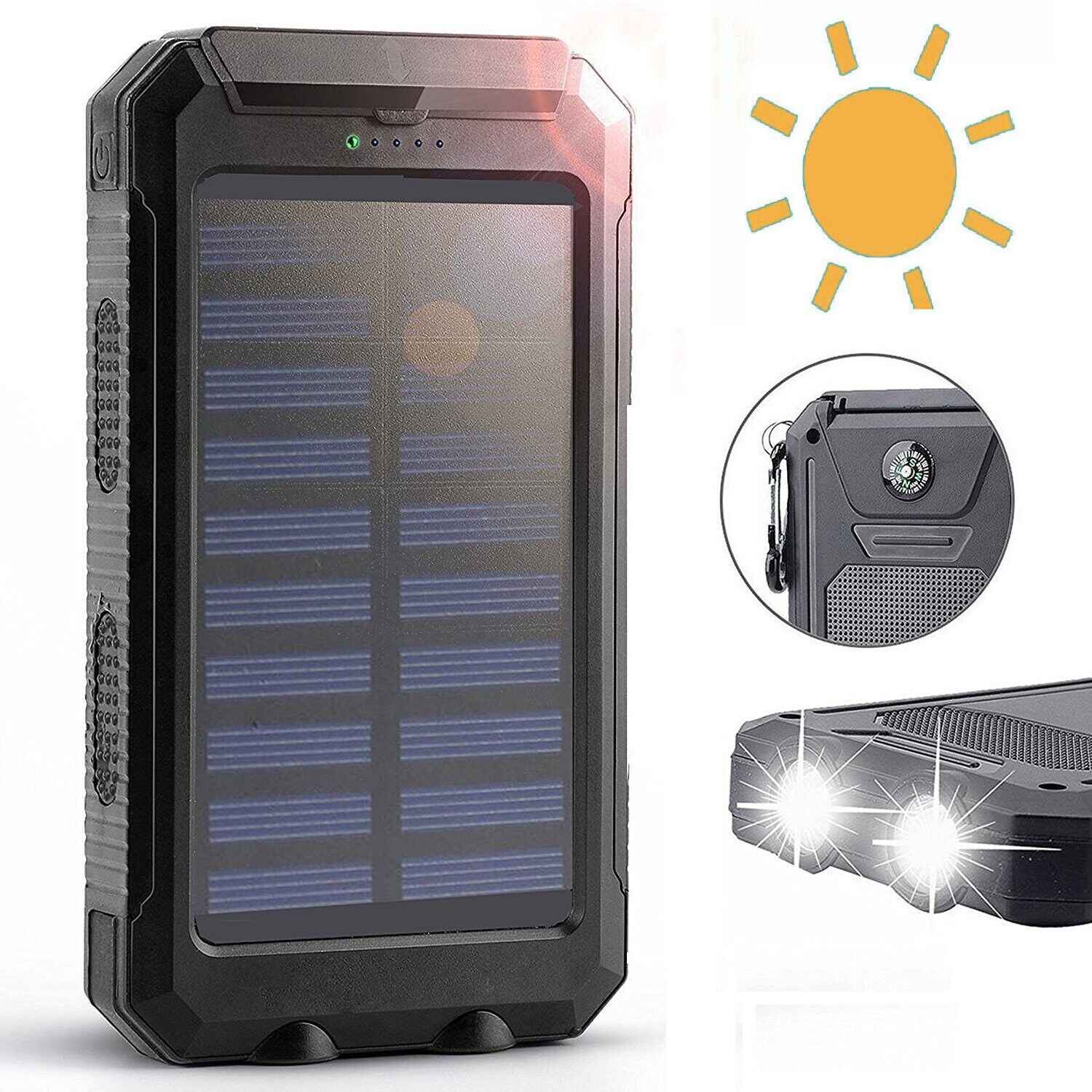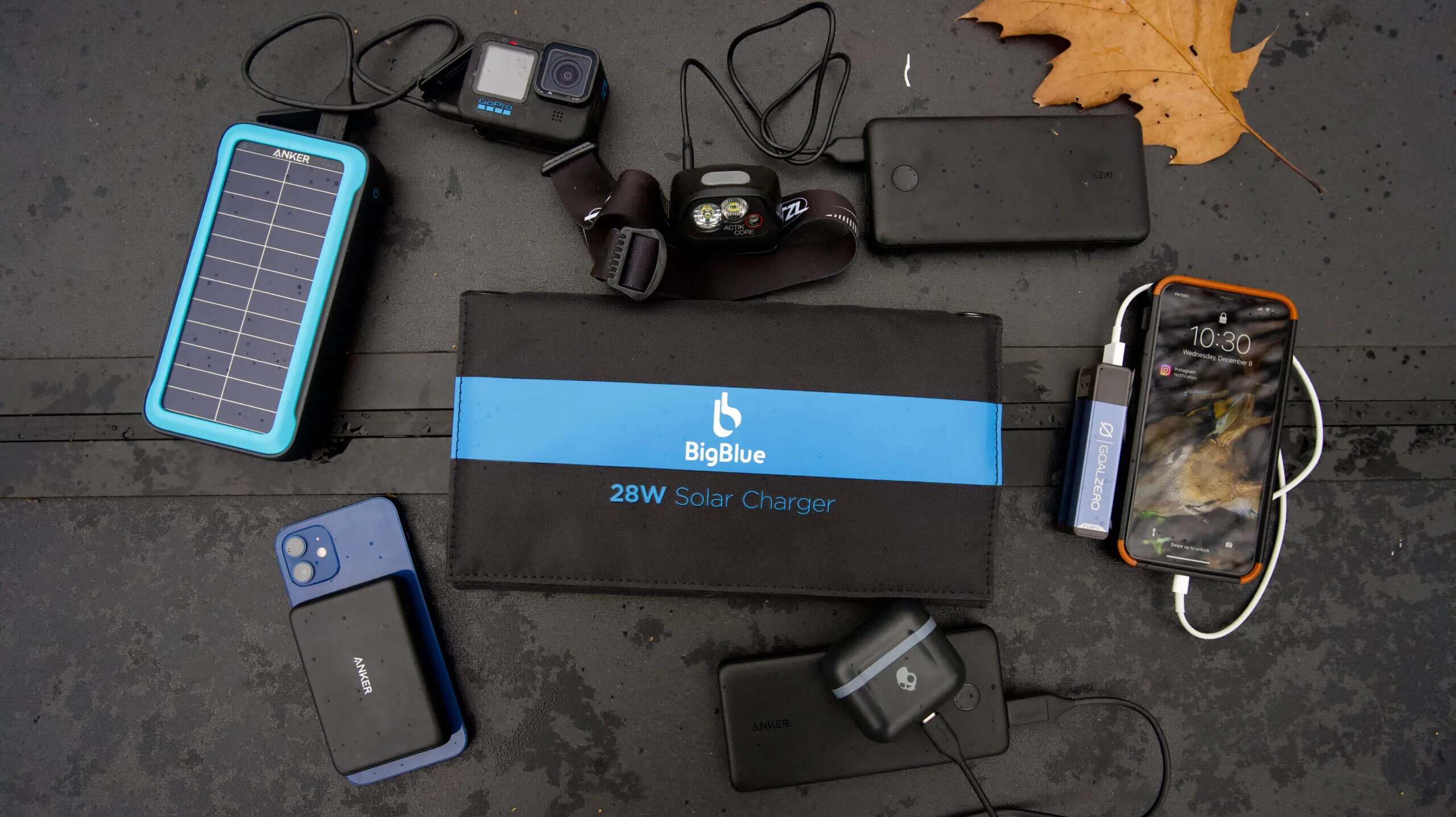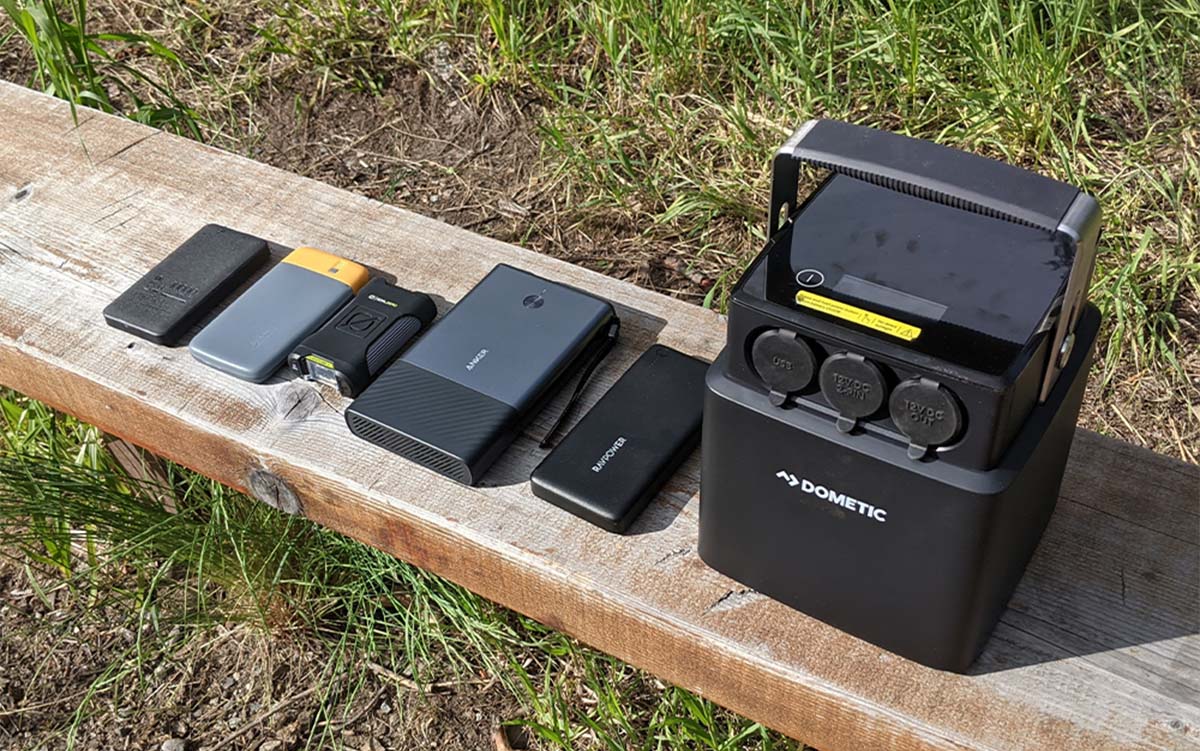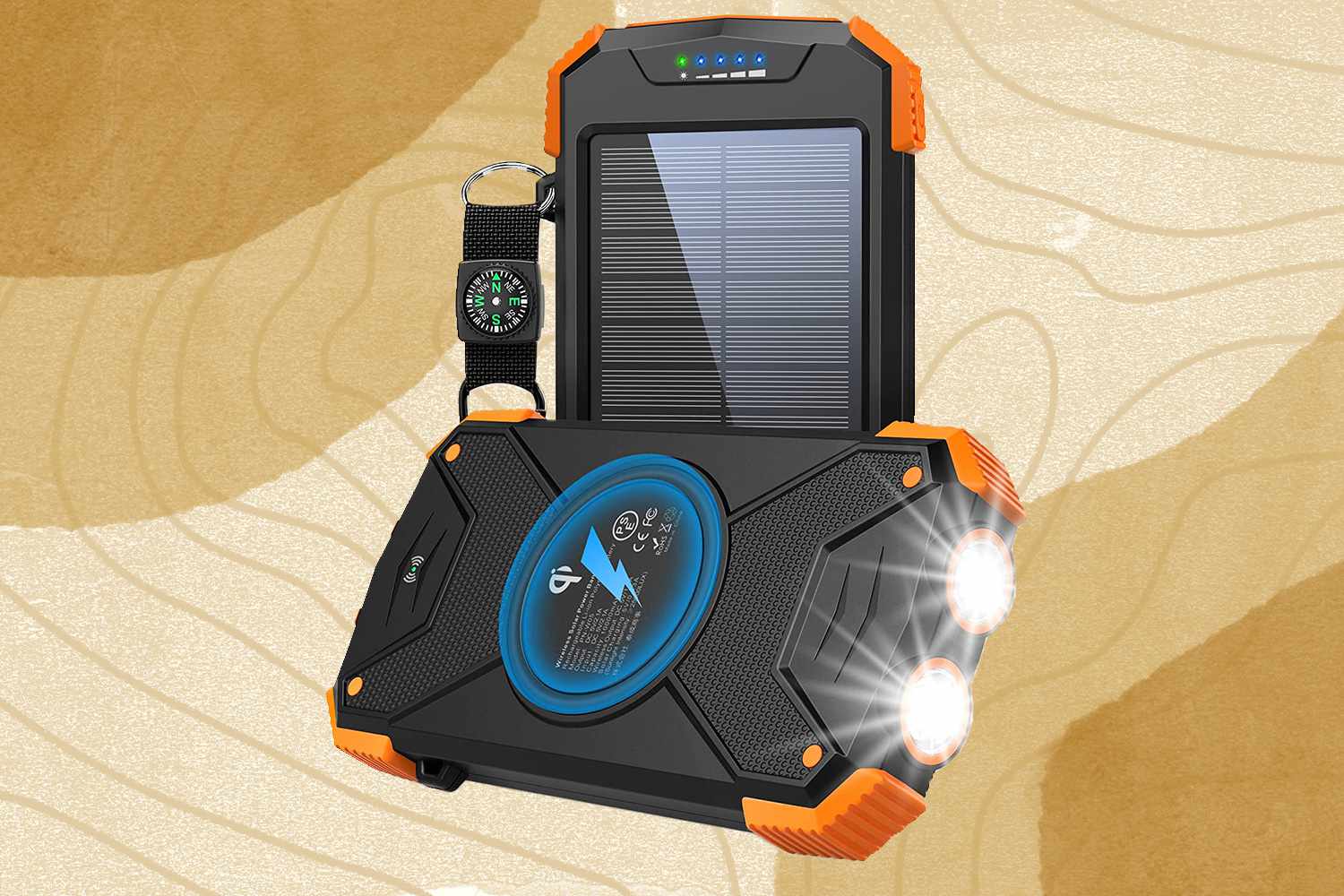Choosing the Right Solar Power Bank
When it comes to harnessing the power of the sun to charge your devices on the go, choosing the right solar power bank is crucial. With a plethora of options available in the market, it can be overwhelming to make the right choice. However, by considering a few key factors, you can ensure that you select a solar power bank that suits your needs and requirements.
One of the first things to consider is the capacity of the solar power bank. This refers to the amount of energy it can store and supply to your devices. It is important to choose a solar power bank with a capacity that aligns with your charging needs. If you frequently rely on multiple devices or have power-hungry gadgets, opting for a higher capacity power bank would be advisable.
In addition to capacity, considering the number of USB ports can be beneficial. Having multiple USB ports allows you to charge more than one device simultaneously. This can be particularly handy when you are traveling with friends or family.
Another important factor to consider is the efficiency of the solar panels. Look for a solar power bank that utilizes high-quality solar panels with a high conversion rate. This ensures that you can charge your power bank faster and more efficiently, even in less-than-ideal sunlight conditions. It is also worth checking if the solar power bank has a built-in battery indicator, so you can easily track the charging progress.
When it comes to portability, size and weight matter. Look for a solar power bank that is compact and lightweight, making it easy to carry during your outdoor adventures. Additionally, consider the durability and ruggedness of the power bank, as it will be exposed to the elements during your travels.
Lastly, it is essential to consider the safety features of the solar power bank. Opt for a power bank that has built-in protection against overcharging, overheating, and short circuits. This ensures the longevity of both your power bank and your connected devices.
In summary, when choosing a solar power bank, consider its capacity, the number of USB ports, the efficiency of the solar panels, portability, durability, and safety features. By taking these factors into account, you can find the perfect solar power bank to keep your devices charged on the go, no matter where your adventures take you.
Finding the Ideal Location to Charge the Power Bank
When it comes to charging your solar power bank, finding the ideal location can significantly impact its performance and effectiveness. Here are some essential factors to consider to ensure you get the most out of your solar charging experience.
The first consideration is sunlight exposure. Solar panels rely on sunlight to generate electricity, so it is crucial to place your power bank in an area that receives ample sunlight throughout the day. Look for a location that is free from obstructions, such as trees, buildings, or tall objects, that may cast shadows and hinder sunlight absorption.
Next, orientation plays a vital role. Position the solar panels of the power bank to face the sun directly. In the northern hemisphere, this means facing the panels south, while in the southern hemisphere, facing them north. By doing so, you maximize the amount of sunlight that the panels receive and optimize the charging process.
Consider the angle of inclination as well. Adjust the tilt of the solar panels to align with the latitude of your location. This angle allows the panels to capture sunlight more efficiently. Optimal angles typically range between 25 to 35 degrees, depending on your specific location.
It is also worth noting that solar panels can be sensitive to temperature. Extreme heat or cold can negatively impact their efficiency. Therefore, try to find a location that offers moderate temperatures and avoids direct exposure to intense heat sources or freezing conditions.
In addition to sunlight exposure and temperature, be mindful of the safety and security of your power bank. Avoid leaving it in vulnerable areas where it may be at risk of theft or damage. Find a secure spot, such as inside a tent, a backpack, or a locked compartment, to prevent any unwanted incidents.
Lastly, consider the convenience factor. Find a location that is easily accessible to you, especially if you plan to check and monitor the charging progress regularly. Having the power bank in a convenient spot ensures that you can make adjustments if needed and promptly disconnect it when fully charged.
In summary, finding the ideal location to charge your solar power bank involves considering sunlight exposure, orientation, angle of inclination, temperature conditions, safety, and convenience. By taking these factors into account, you can optimize the charging process and ensure that your solar power bank is always ready to provide you with sustainable and renewable power for all your portable devices.
Positioning the Solar Panels for Maximum Efficiency
When it comes to charging your solar power bank, positioning the solar panels correctly is crucial for achieving maximum efficiency and harnessing the power of the sun effectively. Here are some key considerations to help you position your solar panels for optimal charging performance.
First, consider the angle of the sun. The angle of incidence, or the angle at which sunlight strikes the solar panels, affects the amount of energy they can convert. To maximize efficiency, position the solar panels perpendicular to the sun’s rays. This means adjusting their tilt throughout the day to ensure they are facing the sun directly.
Next, take into account the azimuth angle. This angle determines the direction the solar panels should face. In the northern hemisphere, you should position the panels facing south, while in the southern hemisphere, they should face north. Ensuring the panels are oriented correctly allows them to receive the maximum amount of sunlight.
To further optimize efficiency, consider the declination angle. This angle accounts for the tilt of the Earth’s axis in relation to the sun. Adjusting the tilt of the solar panels to match the declination angle for your specific location allows for better alignment with the sun’s position throughout the year.
Avoid shading as much as possible. Shadows can significantly reduce the efficiency of solar panels by blocking sunlight and reducing the amount of energy captured. When positioning your solar panels, ensure they are not obstructed by nearby objects such as trees, buildings, or structures that may cast shadows.
It is also worth noting the time of day and the movement of the sun. The sun’s position changes throughout the day, so positioning the solar panels to capture the most direct sunlight during the peak hours can maximize their charging capabilities. Tracking the movement of the sun can be helpful in adjusting the position of the solar panels to maintain optimal alignment.
Lastly, monitor and adjust the position of the solar panels periodically. As the sun’s position changes with the seasons, it may be necessary to reposition the panels to maintain maximum efficiency. By regularly checking and adjusting the position, you can ensure that your solar power bank is being charged to its full potential.
In summary, positioning the solar panels correctly is crucial for achieving maximum efficiency when charging your solar power bank. Consider the angle of the sun, the azimuth and declination angles, shading, the time of day, and the movement of the sun. By following these guidelines and making the necessary adjustments, you can optimize the charging capabilities of your solar power bank and harness the power of the sun more effectively.
Connecting the Solar Power Bank to the Solar Panels
Once you have positioned your solar panels for maximum efficiency, the next step is to connect your solar power bank to the panels. Properly connecting the two ensures a steady flow of solar energy and efficient charging. Here are some essential steps to follow:
1. Check the compatibility: Before connecting, ensure that the solar power bank and the solar panels are compatible. Check the specifications of both devices to ensure they have the necessary connectors and voltages to work together.
2. Use the appropriate cables: Most solar power banks come with a specific cable for connecting to solar panels. Make sure to use the provided cable or a compatible one that matches the connectors on both the power bank and the panels. Using the correct cable ensures a secure and efficient connection.
3. Connect the cable between the power bank and the panels: Connect one end of the cable to the designated port on the solar power bank. Then, connect the other end to the corresponding port on the solar panels. Ensure that the connection is tight and secure to prevent any power loss or interruptions.
4. Position the panels for optimal sunlight exposure: Once connected, position the solar panels to receive direct sunlight. Follow the guidelines mentioned in the previous section to position the panels correctly for maximum efficiency. This ensures that the panels generate a sufficient amount of solar energy to charge the power bank effectively.
5. Monitor the charging progress: Keep an eye on the charging progress of the power bank to ensure that it is receiving the necessary sunlight and charging properly. Some solar power banks come with built-in indicators that show the charging status, while others may require you to refer to the device’s manual or use an external monitoring tool.
6. Time the charging duration: Depending on the capacity of the solar power bank and the intensity of the sunlight, the charging time may vary. It is advisable to time the charging duration to prevent overcharging the power bank. Most solar power banks have built-in safety features that protect against overcharging, but it is still a good practice to monitor the charging time.
In summary, connecting your solar power bank to the solar panels involves checking compatibility, using the appropriate cables, securely connecting the cable between the power bank and the panels, positioning the panels for optimal sunlight exposure, monitoring the charging progress, and timing the charging duration. By following these steps, you can ensure a reliable and efficient charging process for your solar power bank, allowing you to harness the sun’s energy for your portable devices.
Monitoring the Charging Progress
When charging your solar power bank, it is important to monitor the charging progress to ensure that it is receiving the necessary sunlight and charging efficiently. Here are some key points to consider when monitoring the charging progress:
1. Use built-in indicators: Many solar power banks come with built-in indicators that display the charging status. These indicators can be in the form of LEDs, digital displays, or other visual cues. Check the user manual to understand what each indicator means, such as when the power bank is charging, fully charged, or experiencing any issues. Regularly check these indicators to stay informed about the charging progress.
2. External monitoring tools: In some cases, solar power banks may not have built-in indicators or have limited display options. In such instances, you can use external monitoring tools to keep track of the charging progress. These tools can be smartphone apps, portable chargers with built-in displays, or separate watt meters that measure the energy input and output. These devices provide real-time data on the charging status, allowing you to gauge the progress accurately.
3. Observe charging time: The time taken for a solar power bank to fully charge depends on factors such as sunlight exposure, the capacity of the power bank, and the efficiency of the panels. Familiarize yourself with the average charging time mentioned in the user manual or specifications of the power bank. By timing the charging duration, you can ensure that the power bank is not overcharged or undercharged. Additionally, monitoring the charging time helps you estimate how long it will take to fully charge the power bank in different weather conditions.
4. Compare the input and output: Some solar power banks feature displays that show not only the charging status but also the input and output of energy. By comparing the input and output values, you can assess the efficiency of the solar panels and evaluate how effectively the power bank is charging. A significant difference between input and output may indicate the need to adjust the positioning or angle of the solar panels to maximize energy absorption.
5. Note any charging irregularities: While monitoring the charging progress, be attentive to any irregularities or fluctuations in the charging process. For example, if the power bank’s charging progress suddenly slows down or stops entirely, it may indicate a problem with the sunlight exposure, connection, or compatibility. If you notice any inconsistencies, double-check the positioning of the panels, ensure that the cables are securely connected, and verify that there are no obstructions or technical issues affecting the charging process.
In summary, monitoring the charging progress of your solar power bank is essential for ensuring efficient charging and maximizing its performance. Use built-in indicators, external monitoring tools, observe charging time, compare input and output, and note any irregularities during the charging process. By staying vigilant and actively monitoring the charging progress, you can ensure that your solar power bank is operating optimally and providing reliable power for your portable devices.
Protecting the Solar Power Bank from Extreme Weather Conditions
While solar power banks are designed to withstand outdoor environments, it is crucial to protect them from extreme weather conditions to ensure their longevity and optimal performance. Here are some important measures to take in safeguarding your solar power bank:
1. Keep it dry: Moisture and water can damage the electronics of the solar power bank. Ensure that the power bank remains dry at all times. If you are using it outdoors, make sure it is protected from rain, snow, or any other sources of moisture. Consider using a waterproof case or bag to shield the power bank when you are not using it.
2. Avoid exposure to extreme temperatures: Extreme temperatures can adversely affect the performance and lifespan of the solar power bank. High temperatures can lead to overheating, while freezing temperatures can cause damage to the internal components. Avoid leaving the power bank exposed to direct sunlight for extended periods, especially during hot summer days. Similarly, in freezing conditions, keep the power bank insulated and shielded from the cold.
3. Store it in a cool and dry place: When not in use, store the solar power bank in a cool and dry place. Excessive heat or humidity can accelerate the degradation of the battery and other components. Find a spot away from direct sunlight and moisture-prone areas to preserve the integrity of the power bank.
4. Protect it from impact and physical damage: Accidental drops or impacts can cause damage to the solar power bank. To prevent such incidents, consider using a protective case or covering. These protective accessories can absorb impact and provide an extra layer of defense against accidental damage.
5. Clean it regularly: Dust, dirt, and debris can accumulate on the surface and connectors of the solar power bank, potentially hampering its performance. Regularly clean the power bank with a soft, dry cloth to remove any dirt or particles. Take extra care when cleaning around the connectors to ensure there is no damage to the delicate parts.
6. Be mindful of exposure to direct sunlight: While solar power banks thrive on sunlight, excessive exposure to direct sunlight for prolonged periods can have adverse effects. Extreme heat can degrade the battery life and overall performance. If you are not actively charging the power bank, consider keeping it in the shade or in a covered area to avoid prolonged exposure to direct sunlight.
In summary, protecting your solar power bank from extreme weather conditions is essential for maintaining its performance and prolonging its lifespan. Keep it dry, avoid exposure to extreme temperatures, store it in a cool and dry place, protect it from impact and physical damage, clean it regularly, and be mindful of excessive exposure to direct sunlight. By taking these precautions, you can ensure that your solar power bank remains in excellent working condition, ready to provide you with sustainable power whenever you need it.







